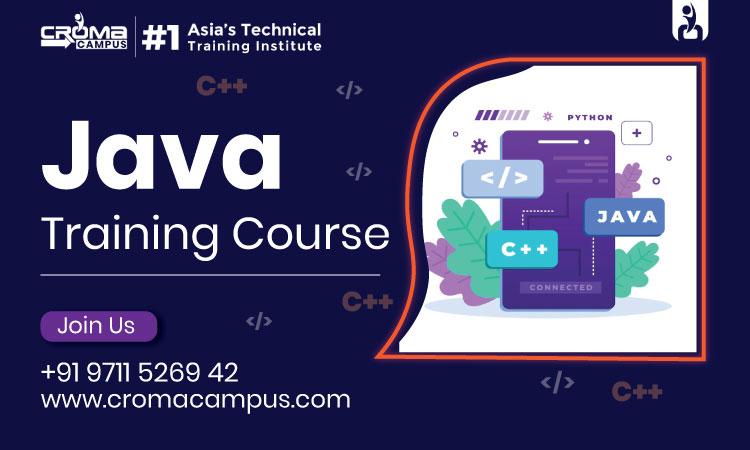Mastering Java Collections: Lists, Sets, And Maps
 Manoj Agrawal
Manoj Agrawal
Java collections are fundamental to effective programming in Java, allowing developers to store, manage, and manipulate groups of related objects efficiently. They provide a framework for organizing data and are a key component in writing scalable and optimized Java applications. Understanding how to work with collections is crucial for anyone aiming to build robust software solutions. Learn this knowledge through the Java Course in Delhi, as it forms the foundation for tackling real-world programming challenges. Let us explore the three core interfaces of Java collections: Lists, Sets, and Maps.
Understanding Lists
Lists are ordered collections that can contain duplicate elements. The Array List and Linked List the most commonly used List implementations. An ArrayList is best suited for quick access to elements, while a LinkedList excels at inserting and removing elements.

Characteristics of Lists:
| Feature | ArrayList | LinkedList |
| Access Time | O(1) for index-based access | O(n) for index-based access |
| Insertion Time | O(n) (for resizing) | O(1) (at the beginning/end) |
| Memory Usage | Less memory overhead | More memory overhead due to pointers |
Understanding Lists is essential for effective Java programming and is a vital topic in Java Coaching in Noida. Courses in Java often cover Lists in detail, helping students learn how to implement, manipulate, and optimize these data structures in their applications.
Exploring Sets
Sets are collections that do not allow duplicate elements and ideal for storing unique items. The two main implementations of Set are HashSet and TreeSet. A HashSet is backed by a hash table, providing constant time performance for basic operations, while a TreeSet is sorted and provides guaranteed log(n) time cost for the basic operations.

Benefits of Using Sets:
Uniqueness*: Automatically handles duplicates.*
Performance*: Fast operations for large datasets (especially with HashSet).*
Sorting*: TreeSet provides a sorted view of elements.*
For those seeking personalized instruction, consider the Java Online Course to deepen your understanding of these essential concepts. The hands-on guidance will help you grasp the intricacies of collections and apply them effectively in your projects.
The Power of Maps
Maps store key-value pairs, allowing for efficient retrieval of values based on their corresponding keys. The primary implementations of Map are HashMap and TreeMap. A HashMap offers average constant time complexity for basic operations, while a TreeMap maintains a sorted order.

Features of Maps:
| Feature | HashMap | TreeMap |
| Ordering | No | Sorted by keys |
| Null Keys/Values | One null key and multiple null values is allowed | Does not allow null keys |
| Performance | O(1) for basic operations | O(log n) for basic operations |
Understanding these features is crucial for anyone pursuing a Java Course in Delhi. Mastering Maps and other collection types help developers manage data efficiently in real-world Java applications.
A thorough understanding of these data structures is essential for anyone pursuing a Java Online Course. Such courses typically cover the intricacies of Lists, Sets, and Maps in detail, enabling students to apply the right data structures in their programming projects effectively.
Conclusion
Mastering Java collections is vital for any aspiring developer. By understanding the characteristics and performance implications of Lists, Sets, and Maps, you can make informed decisions when designing data structures in your applications. Enrolling in a Java Course, and developing practical experience with collections will enhance your programming proficiency.
Subscribe to my newsletter
Read articles from Manoj Agrawal directly inside your inbox. Subscribe to the newsletter, and don't miss out.
Written by

Manoj Agrawal
Manoj Agrawal
Hi, I’m Manoj — a passionate blogger who loves sharing insights, tips, and stories on travel, tech, parenting, personal growth. When I’m not writing, you’ll find me sipping coffee, reading a good book, or exploring new places. Welcome to my corner of the internet!